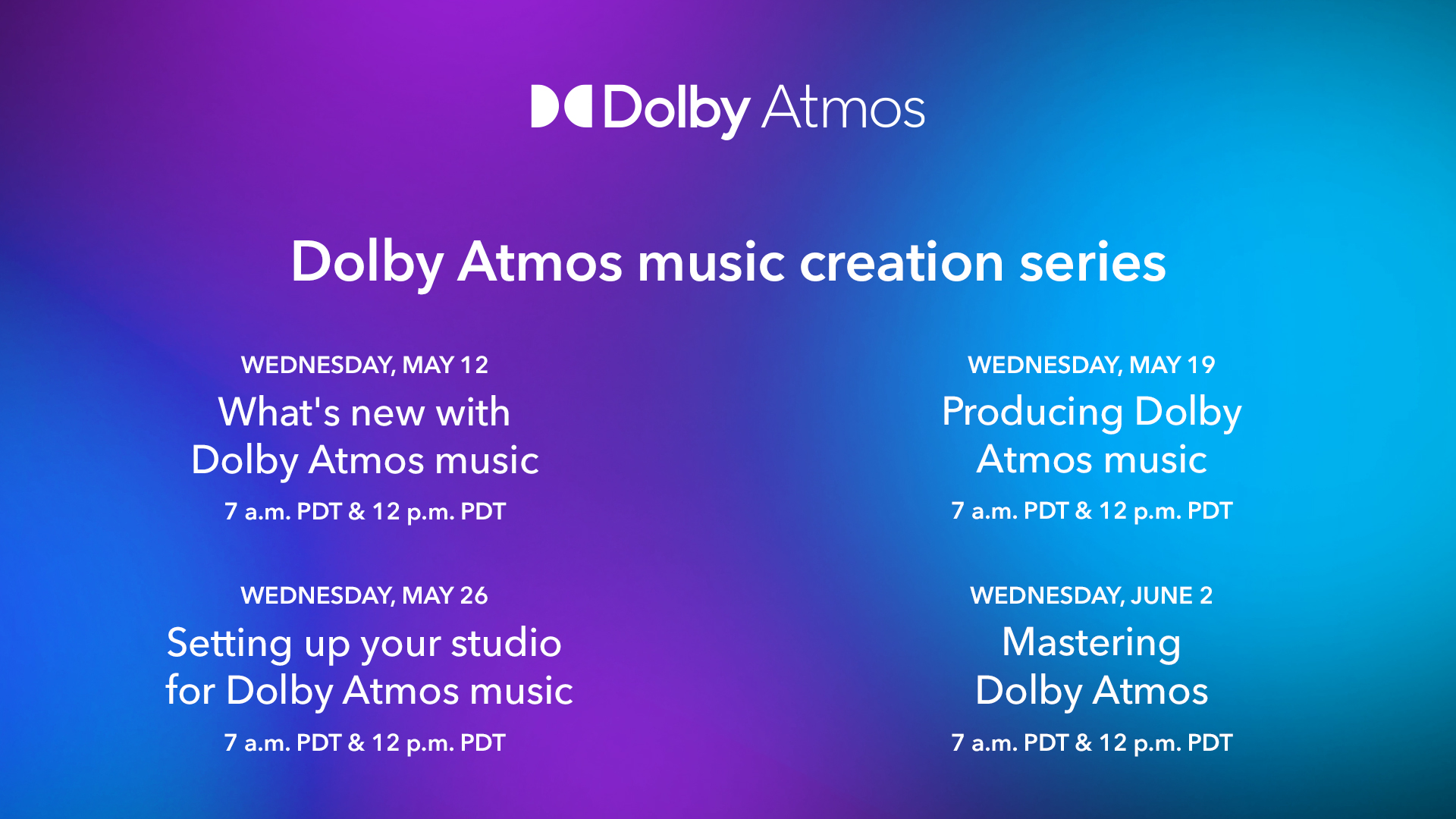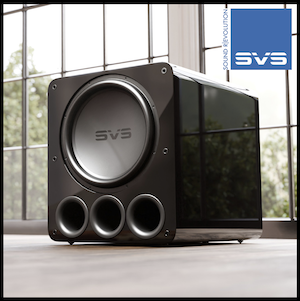AJ Soundfield
Active Member
More
- Preamp, Processor or Receiver
- Yamaha RXA800, Denon AVR-X4500, Lexicon MC10
- Main Amp
- Hypex Ncores
- Additional Amp
- Abacus Ampino, Triode Corp TRV-35SE
- DAC
- NAD M51
- Computer Audio
- AudioEngine D2
- Universal / Blu-ray / CD Player
- Yamaha BDA1010
- Front Speakers
- Soundfields
- Center Channel Speaker
- Soundfields, KEF Q150
- Surround Speakers
- Soundfields
- Surround Back Speakers
- Revel M16
- Subwoofers
- Soundfield Cardioid Rythmik Servo
- Other Speakers
- AVA ABX
https://www.aes.org/e-lib/browse.cfm?elib=19396
AES E-LIBRARY
A Comparison of Clarity in MQA Encoded Files vs. Their Unprocessed State as Performed by Three Groups — Expert Listeners
This paper aims to examine perceived clarity in MQA encoded audio files compared to their unprocessed state (96-kHz 24-bit). Utilizing a methodology initially proposed by the authors in a previous paper, this study aims to investigate any reported differences in clarity for three musical sources of varying genres. A double-blind (listening) test is conducted using three groups—expert listeners, musicians, and casual listeners—in a controlled environment using high-quality loudspeakers and headphones. The researchers were interested in comparing the responses of the three target groups and whether playback systems had any significant effect on listeners’ perception. Data shows that listeners were not able to significantly discriminate between MQA encoded files and the unprocessed original due to several interaction effects.
The authors would like to thank.....Bob Stuart and Meridian for providing the MQA-encoded versions of our audio source materials

AES E-LIBRARY
A Comparison of Clarity in MQA Encoded Files vs. Their Unprocessed State as Performed by Three Groups — Expert Listeners
This paper aims to examine perceived clarity in MQA encoded audio files compared to their unprocessed state (96-kHz 24-bit). Utilizing a methodology initially proposed by the authors in a previous paper, this study aims to investigate any reported differences in clarity for three musical sources of varying genres. A double-blind (listening) test is conducted using three groups—expert listeners, musicians, and casual listeners—in a controlled environment using high-quality loudspeakers and headphones. The researchers were interested in comparing the responses of the three target groups and whether playback systems had any significant effect on listeners’ perception. Data shows that listeners were not able to significantly discriminate between MQA encoded files and the unprocessed original due to several interaction effects.
The authors would like to thank.....Bob Stuart and Meridian for providing the MQA-encoded versions of our audio source materials













